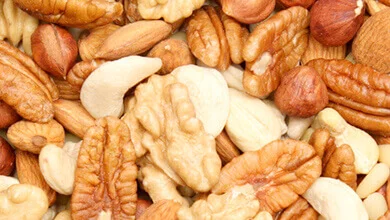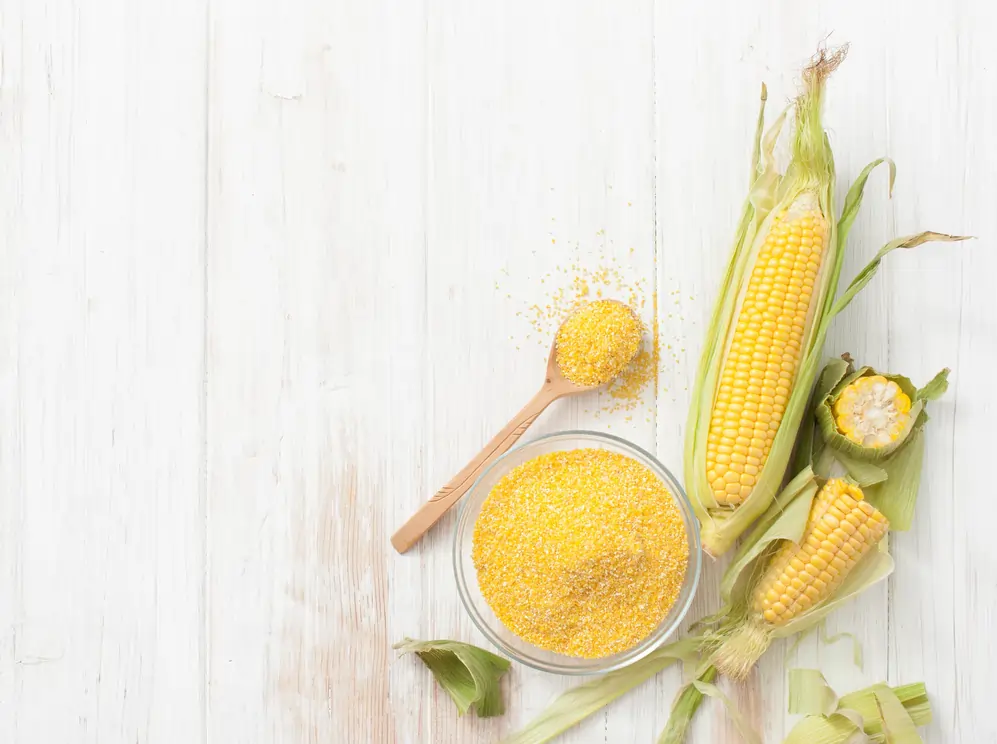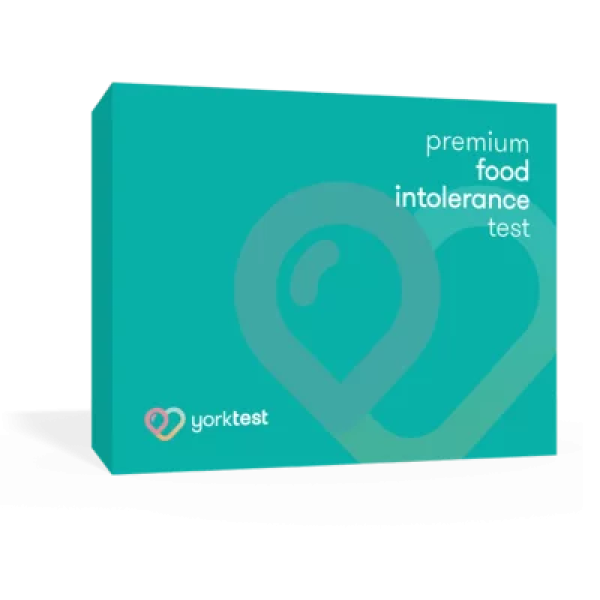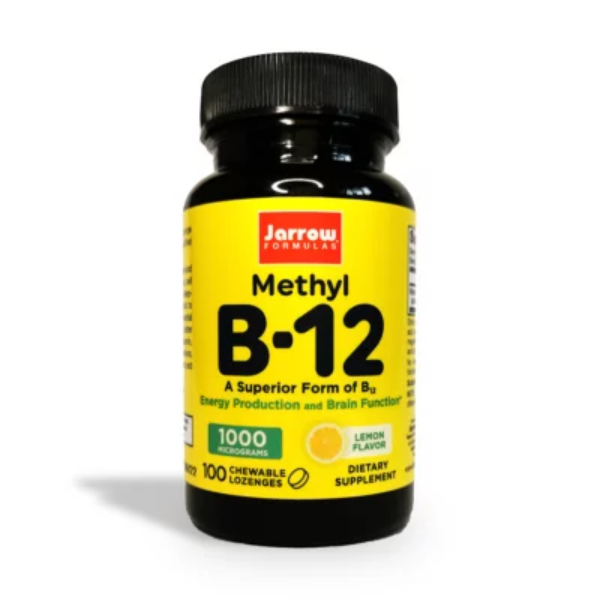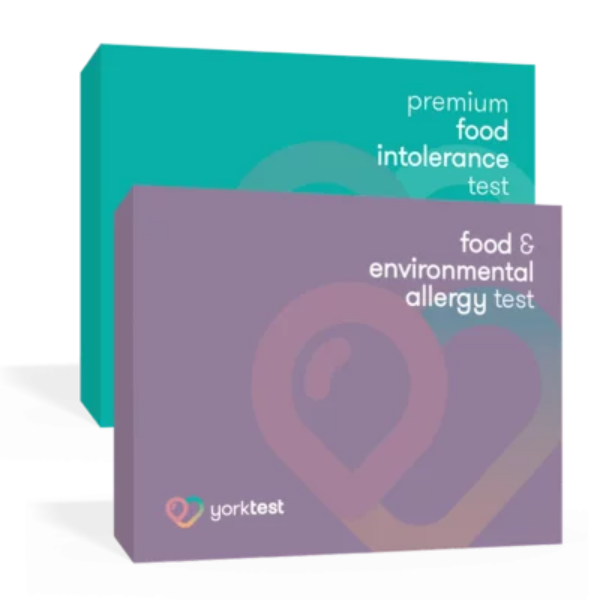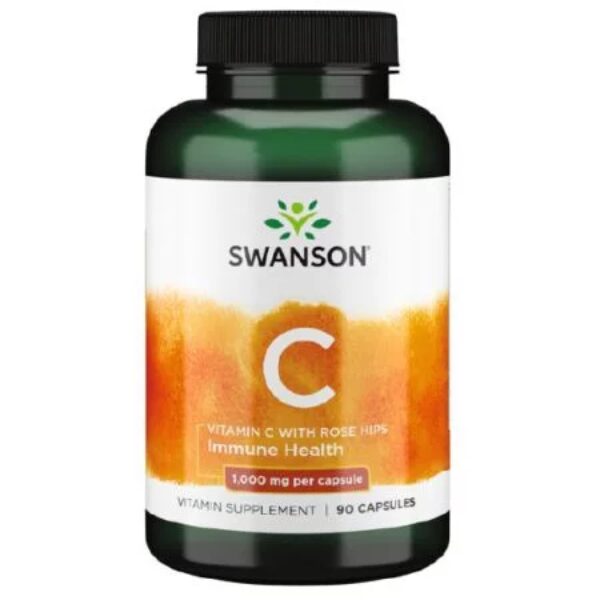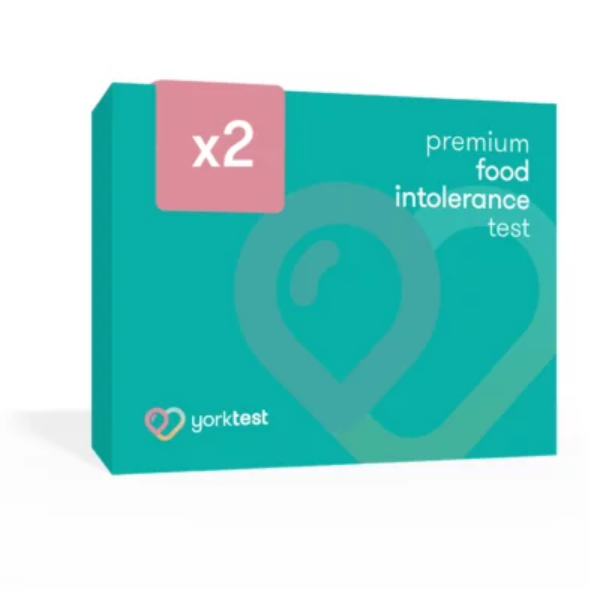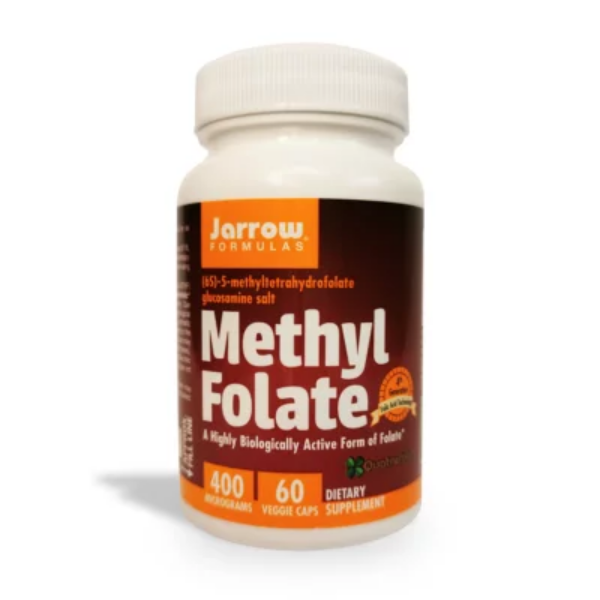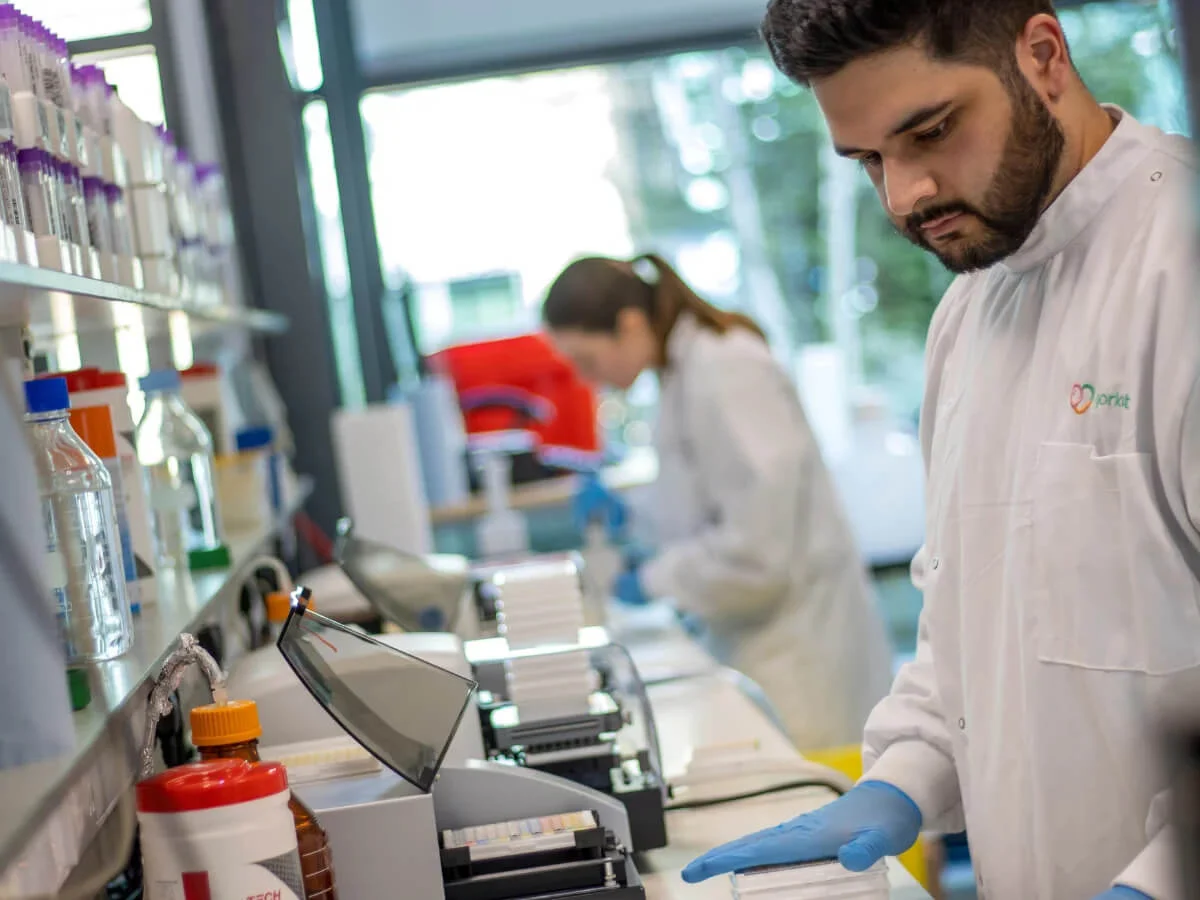Yeast allergy & intolerance
What is yeast?
Yeast intolerance, otherwise known as yeast sensitivity is caused by living fungus which is used as an active ingredient in many foods and drinks, especially baked goods (baker’s yeast) and alcoholic drinks (brewer’s yeast). There are also many other forms of yeast – these include Candida (thrush) and others that live naturally in the body.

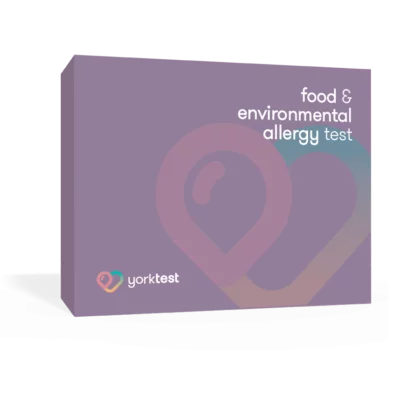
Food Allergy Test

0% interest for 4 months with PayPal Credit. Learn more
+ FREE Delivery on all orders
Tests for 23 foods and 19 environmental allergens
Take a scientific approach by taking a food allergy test. Simply take a quick finger-prick blood sample and return it to our laboratory in the post. You’ll receive your allergen test results within 7 days! No social interaction required.- Accurate, scientific analysis
- Simple and reliable home to lab finger-prick allergy blood test
- Receive clear test results for IgE reactions to 23 foods and 19 environmental allergens
- Personalised support from our customer care team
- Customers must be aged 4 years or over to take one of our allergy tests. This test is not available to customers who are pregnant or breastfeeding
- Only available in the UK
Yeast allergy symptoms
While symptoms of a yeast allergy or yeast intolerance differ from person to person, some are more common than others.Yeast intolerance symptoms take several days to show, whilst yeast allergy symptoms show immediately. Yeast intolerance is far more common than a yeast allergy. However, if you suspect you have an allergy to yeast, we would always recommend discussing your symptoms with a GP first to rule out any underlying conditions. Some of the most common yeast allergy and yeast intolerance symptoms include:
Bloating
Breathing difficulties
Joint pain
Dizziness
Rashes
What is the difference between a yeast allergy and a yeast intolerance?
While yeast intolerance symptoms may cause discomfort, pain and unpleasant sensations, a yeast allergy can actually cause a life-threatening reaction. True allergies can cause the body to go into anaphylaxis when the immune system reacts to a trigger.
People with a yeast intolerance struggle to digest yeast, or find that their digestive system is irritated by foods containing yeast. With a yeast allergy, the immune system generates an allergic reaction – for example by releasing histamines into the body – as it identifies yeast as an invader. If you suspect you may have an allergy, it’s important to visit your GP as soon as possible.
Can you outgrow a yeast intolerance?
Yes, it is possible to lose your intolerance to yeast, though you don’t necessarily ‘outgrow’ it. After completing a 12-week elimination diet, you may be able to gradually introduce yeast back into your diet. As everybody is different, you should closely monitor symptoms after consuming any foods or drinks which contain yeast. You may find you can only tolerate small amounts, or your body no longer reacts to this trigger food.
Throughout the elimination diet, it’s important you are balancing your diet with nutritious alternatives, especially those containing Vitamin B12 which is commonly found in foods made with yeast.
How long does it take for a yeast intolerance to show?
A food intolerance* occurs when your body mistakes a harmless food protein as a threat and produces IgG antibodies – which may result in inflammation and discomfort. Yeast intolerance symptoms can be delayed – though it varies, sometimes it can take up to 72 hours for symptoms to show.
Stress, medication, an unhealthy diet or contracting an infection can initially spark a yeast intolerance and, over a number of years, this can develop and progress in the body.
In contrast to yeast intolerance, yeast allergy symptoms show alsmost immediately after consumption. Given that yeast is a widespread ingredient in many foods, yeast intolerance or yeast allergy symptoms can be difficult to identify the source of with your broader diet. This is further complicated as there are different types of yeast, for example you may have a brewers yeast allergy or it may relate to brewers yeast.
*YorkTest defines ‘food intolerance’ as an IgG antibody reaction.
Yeast Intolerance Test
It can be difficult to determine if you have a yeast intolerance as your symptoms may be due to other food and drinks. YorkTest’s Premium Food Intolerance Test includes yeast as part of over 200 ingredients. This allows you to identify if you have a yeast intolerance
Is an elimination diet for a yeast intolerance the same as the Candida diet?
The ‘Candida Diet’ focuses on trying to reduce natural yeasts from the body. Candida albicans is a normal part of your gut flora and can also be found in the mouth and on the skin. However, an impaired immune system or consuming high levels of sugar, alcohol and processed foods can destabilise your flora and Candida can spread and overgrow.
This Candida overgrowth can show external symptoms, such as a reoccurring yeast infection, a white coating on the tongue and, in time, could lead to “leaky gut syndrome”. A “Candida cleanse”, which focuses on eliminating a wide range of ingredients from your diet, can often be challenging and restrictive, cutting out sugars, non-glutinous grains, dairy and fermented, processed foods.
A yeast intolerance diet, although similar, is less rigid and does not avoid as many foods. Addressing a yeast intolerance involves mainly focussing on removing yeast-containing foods and drinks from the diet that might be triggering inflammation or symptoms in the body.
Foods to avoid with a yeast intolerance
Yeast intolerance is relatively common, though determining which foods contain yeast can often be tricky. Yeast is found in lots of ingredients and food – many that you might not expect.
It can sometimes be tough to even pinpoint yeast as the culprit causing your symptoms. Because yeast is an ingredient in so many food and drink products, you may find that it’s another ingredient that’s causing you issues – such as wheat, gluten or certain fruits.
If you do determine that you have an intolerance to yeast, it’s wise to steer clear of any products which are fermented, processed and aged.
If you have a yeast intolerance foods to avoid include:
- Processed and cured meats
- Aged cheese
- Dried fruits
- Gravy and stock cubes
- Processed fruit juices
- Condiments
- Vinegar containing ingredients
- Alcohol (brewer’s yeast)
- Baked goods
- Yeast extract
It is also a good idea to reduce your intake of sugary foods, which can fuel the growth of natural yeasts in the body such as Candida (thrush).

What are yeast-free foods?
There are many alternative food and drink ingredients you can choose from which are yeast-free, so you can optimise and balance your nutrition effectively during your elimination diet.
You can supplement your meals with a variety of alternatives, such as the example grains below:
- Quinoa
- Millet
- Brown rice
- Buckwheat
If you have found out that you are intolerant to yeast, changing your diet doesn’t have to be daunting. With our Premium Food Intolerance Test, you’ll receive a consultation with one of our nutritional specialists. These consultations are a great opportunity to discuss a range of alternatives not listed above which could support with your elimination diet. The specialist will also give you personalised and specific advice on what foods and drinks you need to avoid which contain yeast that are currently in your diet.

Can I drink alcohol on a yeast-free diet?
Are you looking for yeast-free alcohol? All alcoholic drinks rely on yeasts to produce the alcohol, hence the term ‘brewer’s yeast’. However, the process of distilling and filtering during the production of some types of drinks will remove most of the yeast.
So, good news! You can still enjoy a small glass of champagne and some spirits, though be wary of your mixers – especially if they have high sugar content.

4 Simple Steps To A Better You
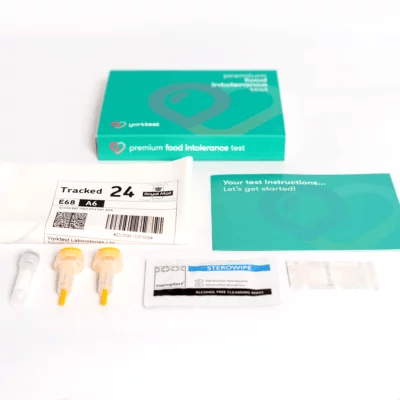
You will receive your testing kit in the post
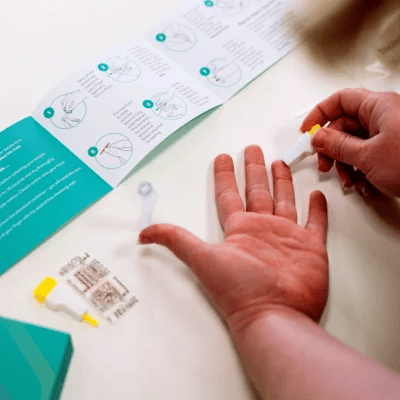
Take a blood sample with our easy to use finger-prick test kit
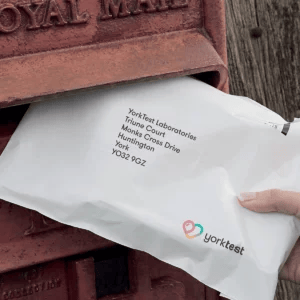
Send your sample back in the prepaid envelope provided

